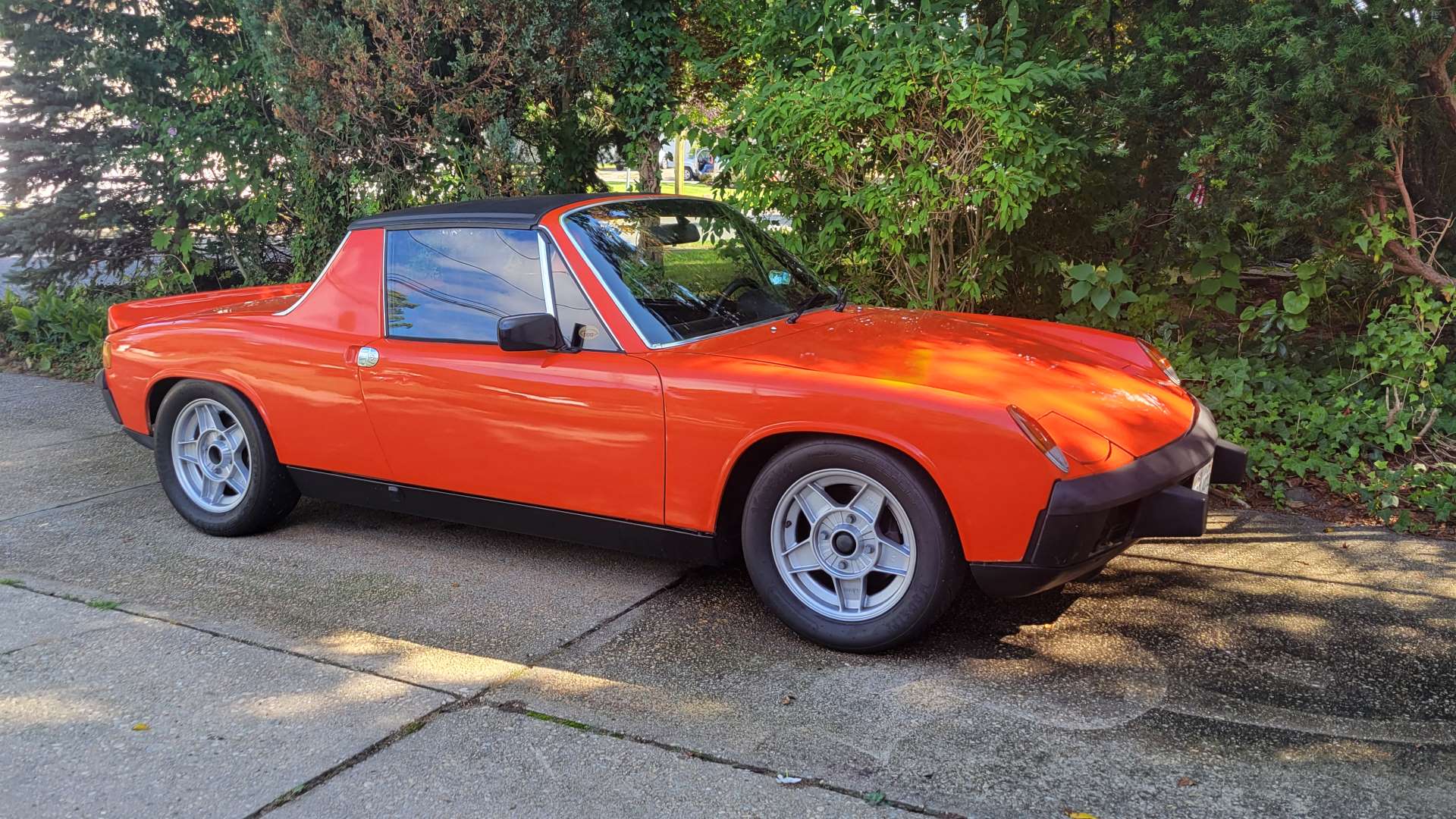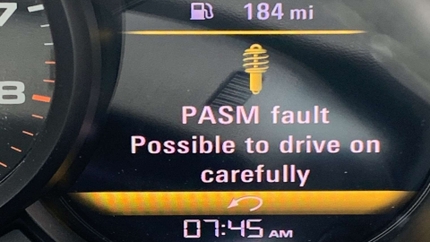The motoring world was alight in a golden age of emerging technology in early 2003. A generation of supercars and poster-worthy sports cars were leaving factories across the globe, and mixed in between all of the current classics we love today, the first generation of European SUVs was in full bloom. Stalwarts like the BMW X5, Porsche Cayenne, Volkswagen Touareg, and Mercedes GL were in various stages of reaching customers and appearing on magazine covers. Yet, each was beaten at year's end for the Motor Trend SUV of the Year award by Volvo’s freshly debuted challenger, the XC90.
While the Swedes are arguably most famous for their wagons, the XC90 was as close to an instant hit as it gets. It hit the market with excitement, and Volvo never looked back, as it’s become one of their best-selling products since then. In those twenty-plus years, there’ve only been two generations of the three-row family hauler, but regular updates have kept it fresh in the face of constant competition, and it remains a strong seller.
Volvo XC90 (P2) - 2003-2014
The projected impact of SUVs on global automotive sales was well-known by executives in the late nineties. By the turn of the millennium, nearly every major automaker had one in production or a stage of development. Volvo’s XC90 debuted a bit later on January 7, 2002, at the Detroit International Autoshow, and while not the first to market, it immediately made up for lost time, becoming Sweden’s most valuable export.
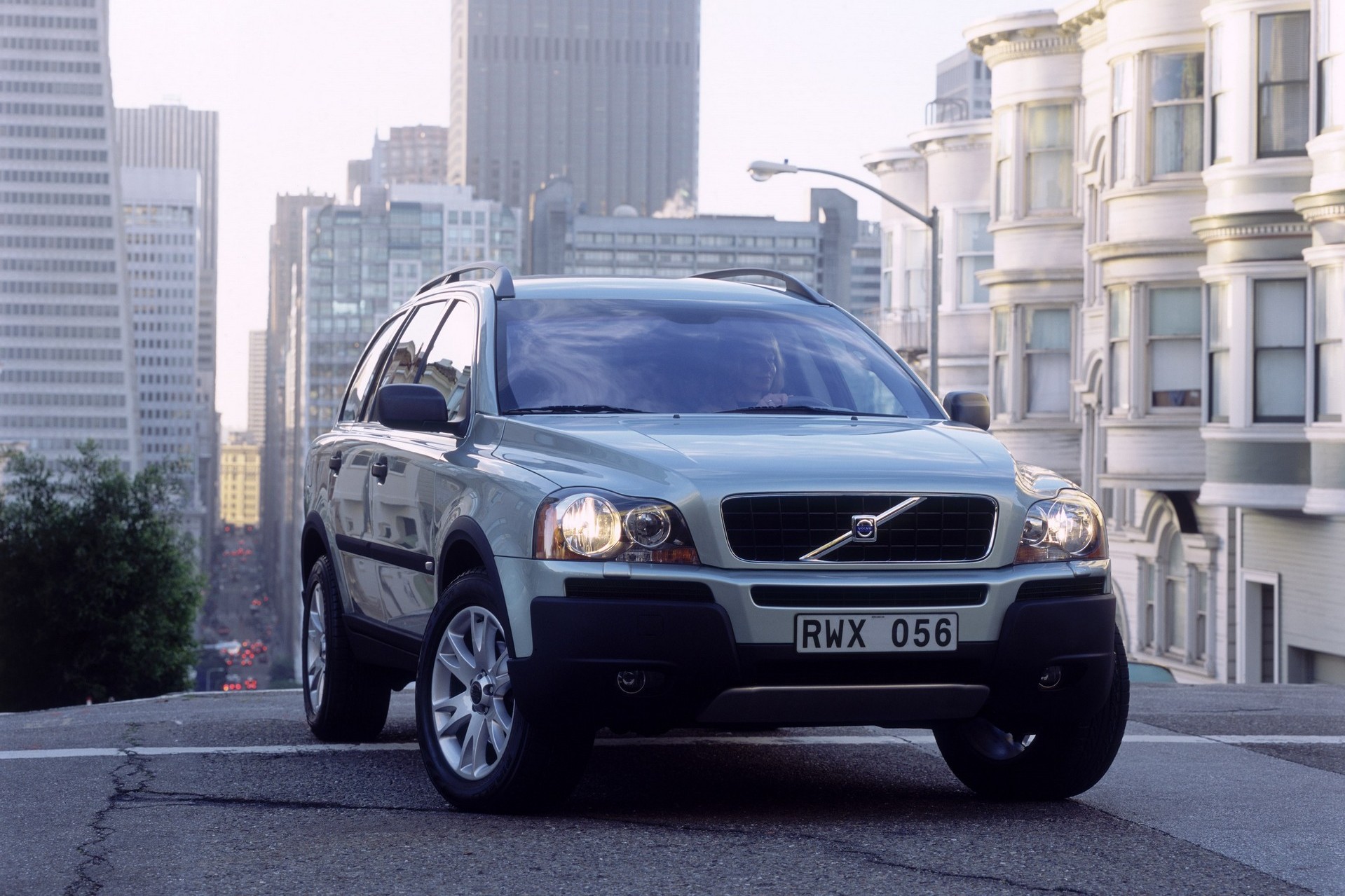
The initial run of US-spec XC90s featured one of two RN engines. The lower spec cars under the 2.5T trim featured a transversely-mounted 2.5L turbocharged inline-five, producing 208hp and 236 lb-ft. It puts its power down through a five-speed automatic transmission designed by Aisin and an optional Haldex-based AWD system. Stepping up to the T6 trim, the engine was swapped for a 2.9L twin-turbocharged inline-six, producing 268 hp and 280 lb-ft of torque. The larger engine had a GM-based four-speed automatic and an identical Haldex AWD as standard. However, two years later, in 2005, Volvo debuted the XC90 V8, featuring a Yamaha-designed 4.4L unit of the aforementioned cylinder arrangement and a six-speed Aisin automatic. That engine has since become beloved for its engineering and capability in the XC90, though its power output of 311hp and 325 lb-ft was simply OK for the era.
All three engines used a transverse arrangement in the front of the XC90’s monocoque bodyshell. Volvo’s P2 chassis was still in its early days, so much of the SUV’s flooring was shared with larger sedans like the S80, though suspension components were unique to the big family hauler. As a complete bodyshell, the chassis was stiff and full of the innovative crash safety structures people expected from Volvo. However, that didn’t stop the Swedes from introducing a handful of industry safety firsts.
Volvo XC90 Safety Innovations
RSC (Roll Stability Control) uses a gyro sensor to detect and counter the risk of overturning, and ROPS (Roll Over Protection System) optimizes the protection for everyone in the car if, despite everything, it should still overturn.
Inflatable side curtains for all three rows of seats.
An integrated, adjustable booster cushion for children in the second row.
Seat belts with "tensioners" for all seats.
A lower crossbeam at the front activated the car's safety systems in the event of a collision.
Explicitly meant for families, the XC90 wasn’t just safe and practical. The P2 chassis was elongated to fit a third row of seats to fit seven passengers comfortably, but the last row was an option, meaning those without were granted extra storage beneath the floor. Regardless of the number of rows, the rear seats folded flat, giving the XC90 a perfect cargo floor. Trunk space in the Volvo measured 92 cubic feet, 17 more than the E70 BMW X5 of the same era—an SUV also offered with an optional third row.

The first and most substantive update arrived in 2007. Volvo dropped the T6 2.9L engine for the model year prior, and the refresh ended the 2.5T five-cylinder. Instead, the bottom trim models featured the 3.2L naturally-aspirated SI6 inline-six engine. Its 235hp and 236 lb-ft of torque was a welcomed power increase over its underpowered predecessor and had better economy thanks to the six-speed auto from the V8 model. The V8 engine stayed the same, but the model did receive a Sport trim featuring a lower and stiffer ride, unique exterior trim, front seats with more aggressive bolsters, and larger wheels. A TPMS system and an auxiliary MP3 jack became standard on all models, and the Blind Spot Information System (BLIS) and adaptive bi-xenon headlights became options.
Although the XC90 didn’t receive another facelift in this generation, Volvo updated its product nearly every model year. In ‘09, Volvo discontinued the V8 Sport, and the top trim became the R-Design. The following year, the R-Design was removed from V8 models and became available only with the 3.2L engine. The following two model years brought rear park assist, Bluetooth, and satellite radio as standard equipment. 2013 was the last year of updates, featuring painted wheel arches and LED headlights/running lights. By 2014, the P2 XC90 was in its final model year, and the next generation was approaching.
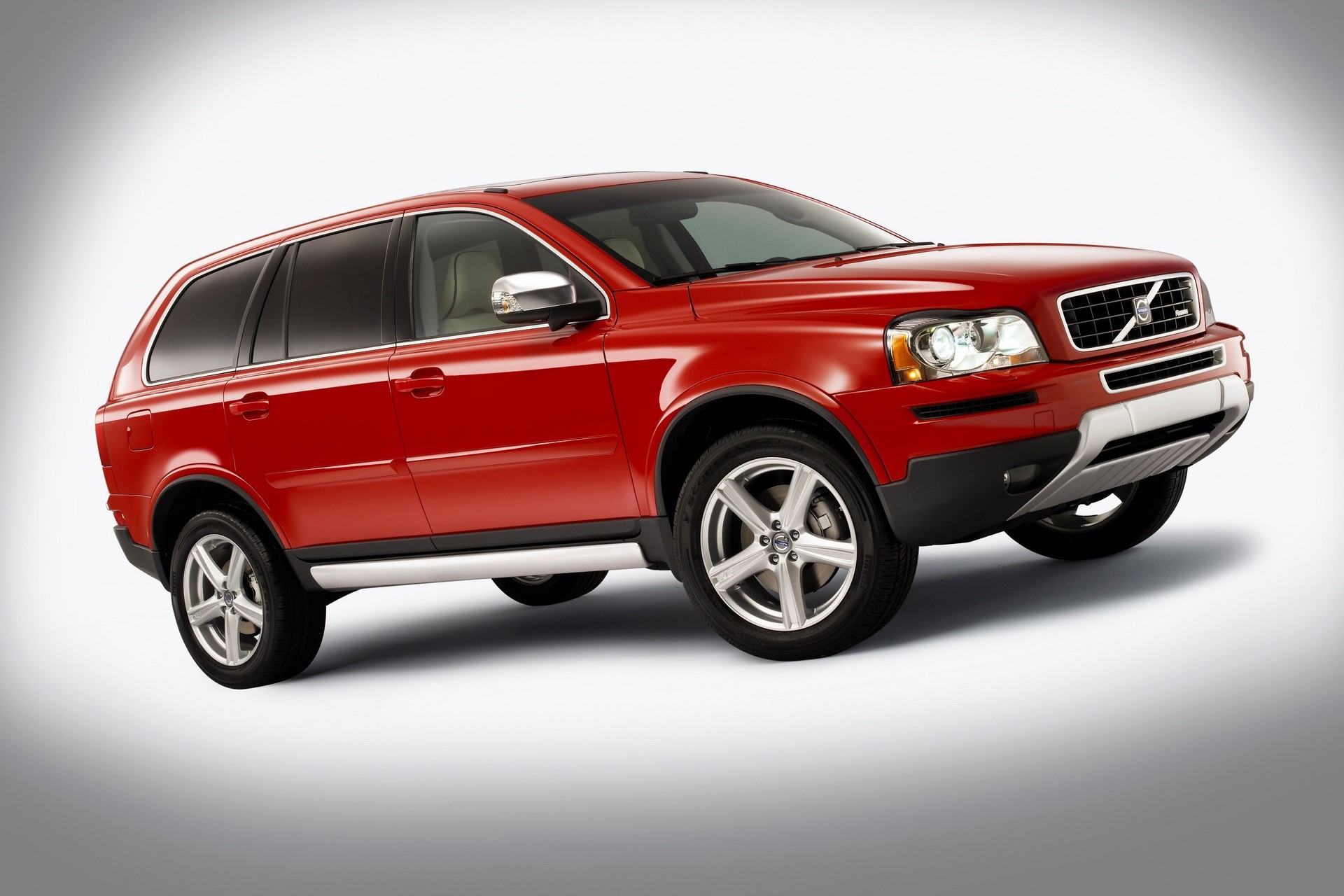
However, along the way, a special edition of the XC90 was available in 2006. Around that time, Volvo was the primary sponsor for The Ocean Race, a round-the-globe competition pitting teams against each other in specialized race yachts. Volvo commemorated its sponsorship with unique Ocean Race Edition models, including the XC90. Eight hundred individually numbered special editions were made for the worldwide market, making them quite a rare bird. Each is a V8 model sporting metallic Ocean Blue paint and silver door molding featuring a unique inlay. Inside, black or light beige leather upholstery with accenting blue stitching and blue-tone aluminum inlay panels.
Volvo XC90 (SPA) - 2016-Present
Good news doesn’t generally follow an announced hiatus; typically, a show is ending early, or a band is breaking up. But, in the case of the SPA-platform-based Volvo XC90, wonderful things were available to those who waited. The second generation arrived two years after its predecessor with an all-new chassis built with updated crash protection and the latest safety features. It spawned a new look for Volvo, too, as it was the first of a new era in Volvo styling that we now know to be some of the best-looking cars in the decade since.
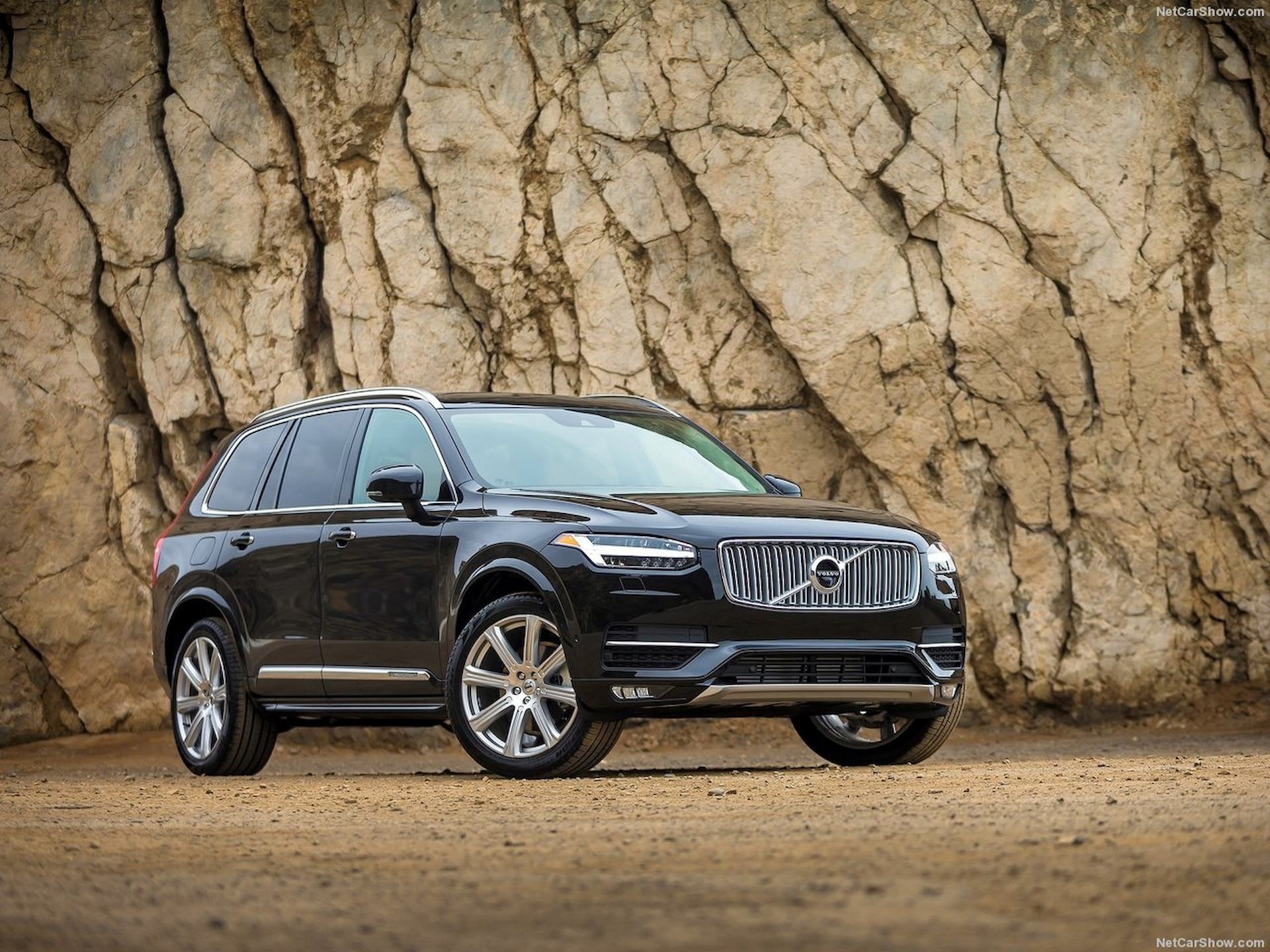
The fresh chassis underpinning the SPA XC90 provided a larger base for the new generation. Overall dimensions grew by six inches in length and four inches in width, along with a five-inch wheelbase growth. However, thanks to the new SPA chassis, which stands for Scalable Product Architecture, even the biggest model in the lineup shares subframes, the central floor pan, and rocker panels with the other model that followed.
Moving to the new chassis also allowed for a substantial suspension redesign. Gone was the MacPherson strut and coil-over-spring multi-link that Volvo used for decades. In its place, a new double-wishbone front suspension and a transverse leaf design in the rear. Moving to the wishbones allowed for more manageable parts interchangeability between SPA models while providing much better control of suspension dynamics. The single transverse leaf spring is reminiscent of suspension tech created a century ago, but modern composite materials and geometry have made it perform just as well as any other SUV rear suspension on the market. It’s also a more compact system, which allowed Volvo to increase its rear storage capacity.
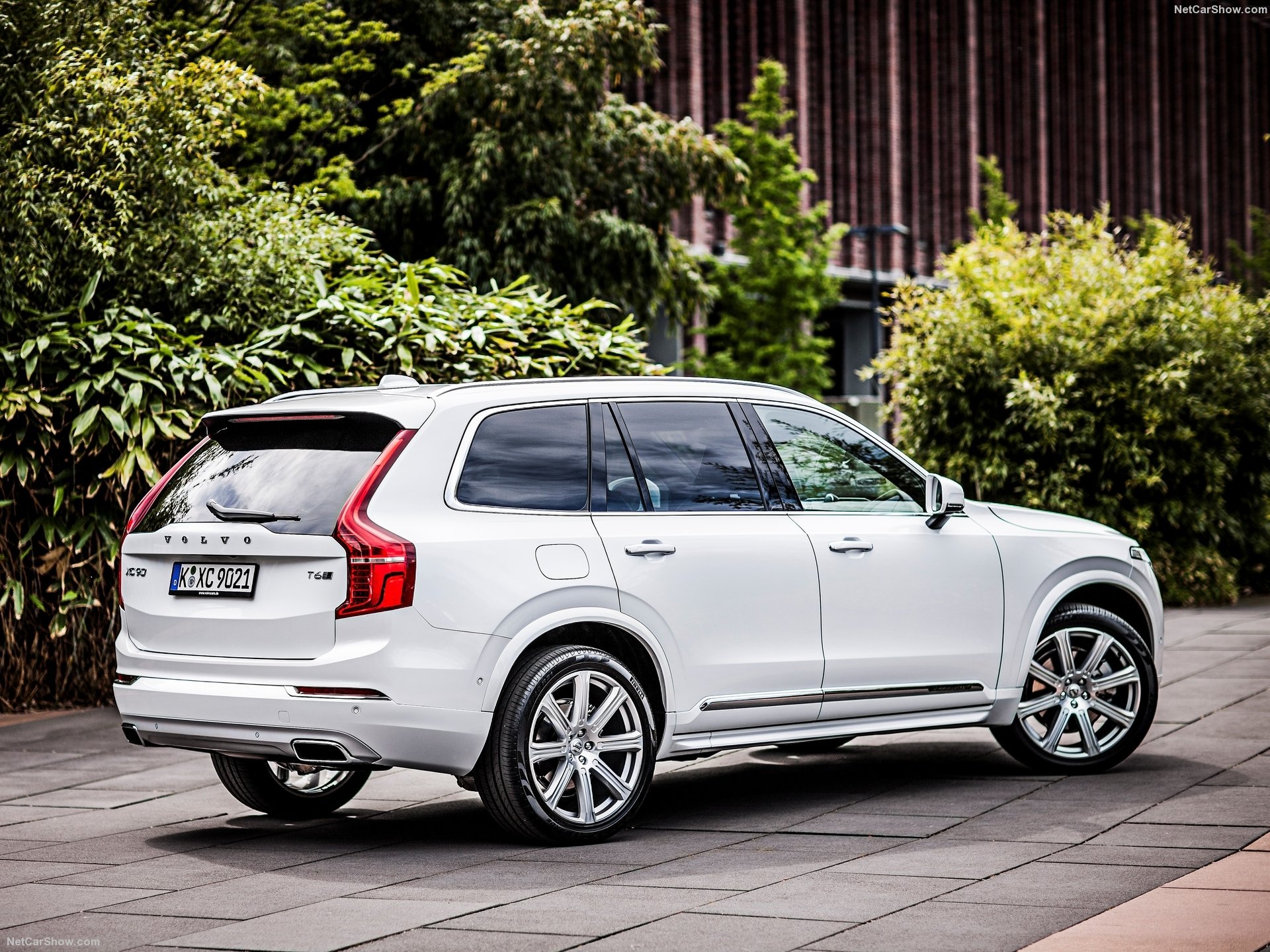
Powering the big Swede was one of three options based on the VEP engine. The base engine, denoted by T5 badging, was a 2.0L turbocharged inline-four that made 250hp and 258 lb-ft. The middle T6 trim added a supercharger to a nearly identical 2.0L turbocharged inline-four for 316hp and 295 lb-ft of twin-charged power. But, above all, was the T8, which added an 87-hp electric motor fed by a 9.2-kWh battery pack. Power output totaled 400hp and 472 lb-ft of torque, enough for a sub-six-second sprint to 60mph. That’s a good number, considering the T8’s curb weight of 5060 lbs.
A 2023 facelift revamped the engine packages and changed some badging. At this point, all engines received a 48-volt mild hybrid system to improve driving habits and fuel economy. The base trim became the B5, but power remained identical to its predecessor. The T6 became the B6 and saw its peak power figures swap, with 295hp and 310lb-ft. The T8 remained the T8, but an updated hybrid system boosted output to 455 hp and 523 lb-ft. All engines, regardless of model year or trim, utilize an eight-speed automatic transmission built by Aisin. Each also features AWD via a Haldex-based system, except for the T5 and the T8. The former had AWD available optionally, though most were optioned with it. The T8 forwent the traditional AWD setup for an electric motor on the rear axle and only the gasoline engine for the front wheels.
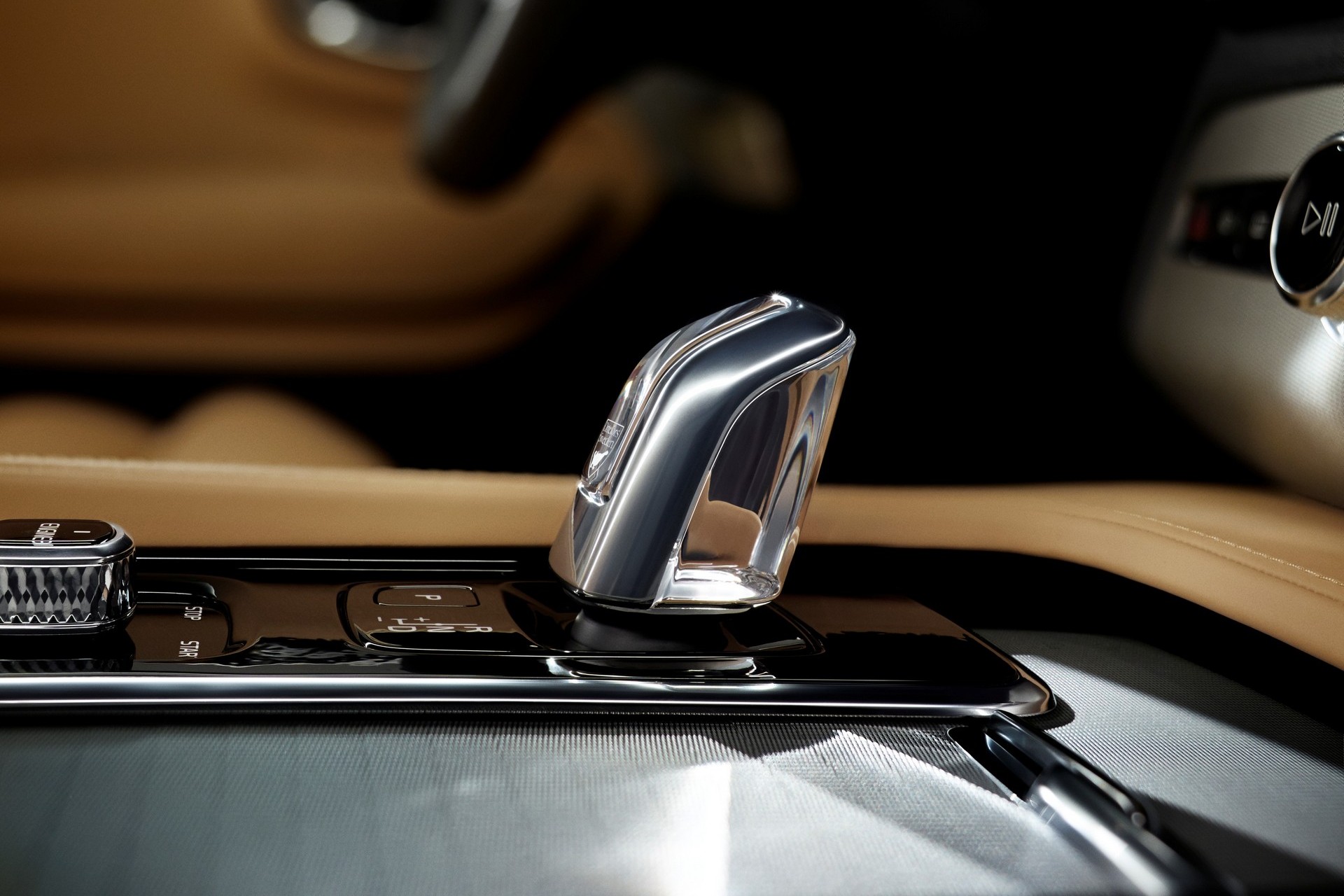
The second-generation XC90 has seen its fair share of options packages and luxury appointments in the near decade since its arrival in Volvo showrooms. An enormous 1400-watt Bower & Wilkins stereo is arguably the coolest optional extra, but the lower-tier 600w Harmon Kardon was plenty for the average buyer. Early XC90s had a Luxury Package consisting of massaging heated and ventilated seats, stitched leather on the dashboard and door panels, a crystal shifter, rear window sun shades, additional accent lighting, and an upgraded headliner, but these options would later become merged or split into other options. Adaptive air suspension was also an option for all trims under the Four-C moniker. Although it shares a name with the Ohlins-engineered suspension made for the P2 V70R and S60R, the air suspension is an entirely different system.
Volvo has specifically differentiated the latest update to the XC90 as a 2025.5 model year. These 2025 second-half models feature a sparsely updated exterior with a new grille, a larger infotainment screen, and a retuned suspension for models without air suspension. Engine and drivetrain options remain identical, but the top T8 Recharge trim loses the latter part of its name.
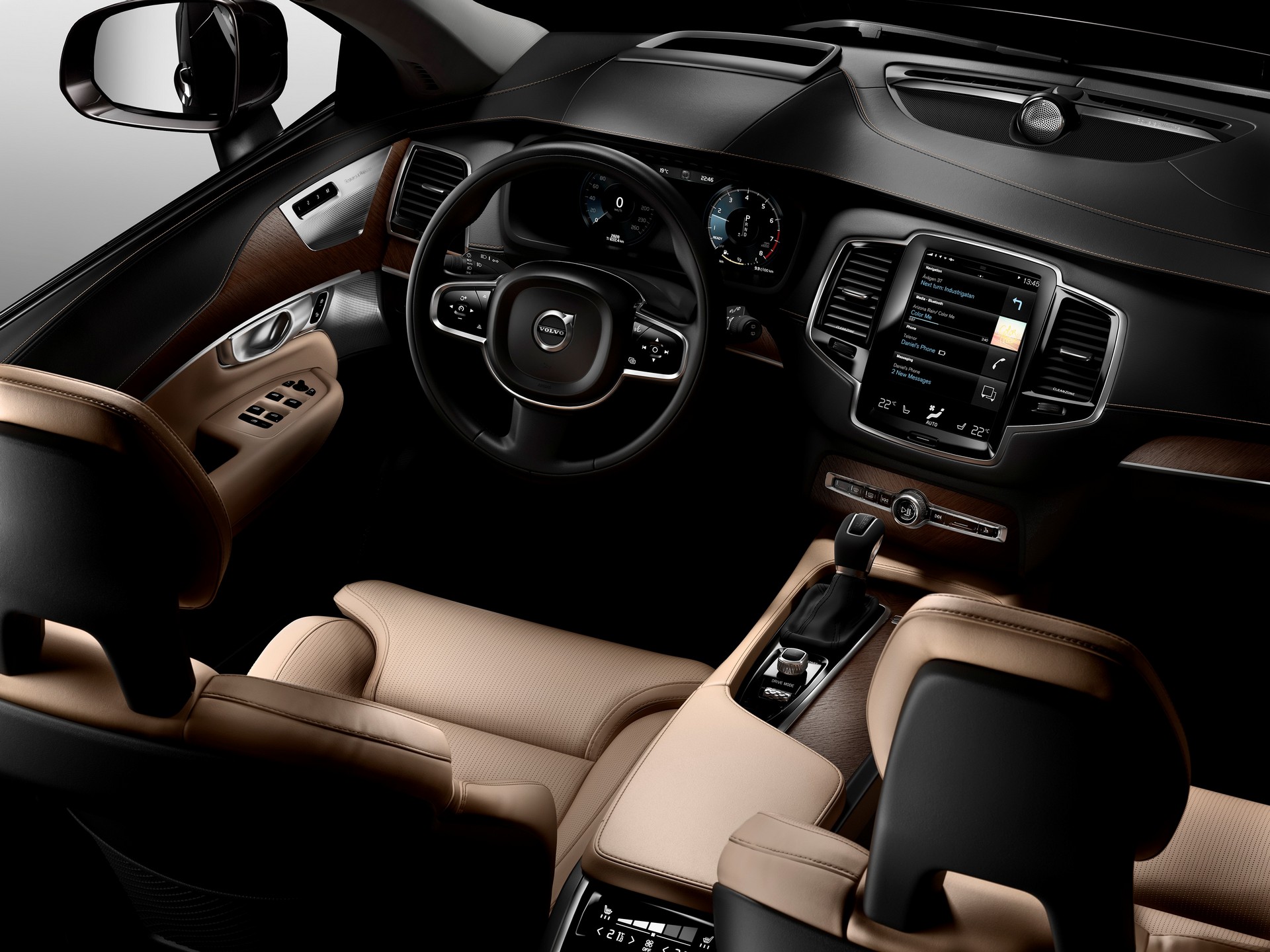
So far, the SPA has been without a proper special edition, but if you’re looking for exclusivity out of your XC90, there are still a couple of options. The most exclusive is the XC90 First Edition from 2016, which totaled 1927 models worldwide. Each is based on a T6 model and features an individually numbered plaque. Other additions included a leather key fob, the Bowers & Wilkins stereo, Napa leather-covered heated seats, and a few other options. A few years later, Volvo introduced the XC90 T8 Excellence, turning the family hauler into a budget Maybach. Each Excellence had its third row deleted, and the center seat in the second row was replaced by a refrigerator equipped with two crystal glasses. The flanking seats became fully adjustable, akin to those up front but with extra adjustment and a fold-out tray for food or a laptop. On top of that, they had just about every luxurious optional extra as standard. These XC90s stickered for over $100,000 when new, making them much less popular than their lower-priced siblings, so you may not have many to choose from if you’re looking to buy.

